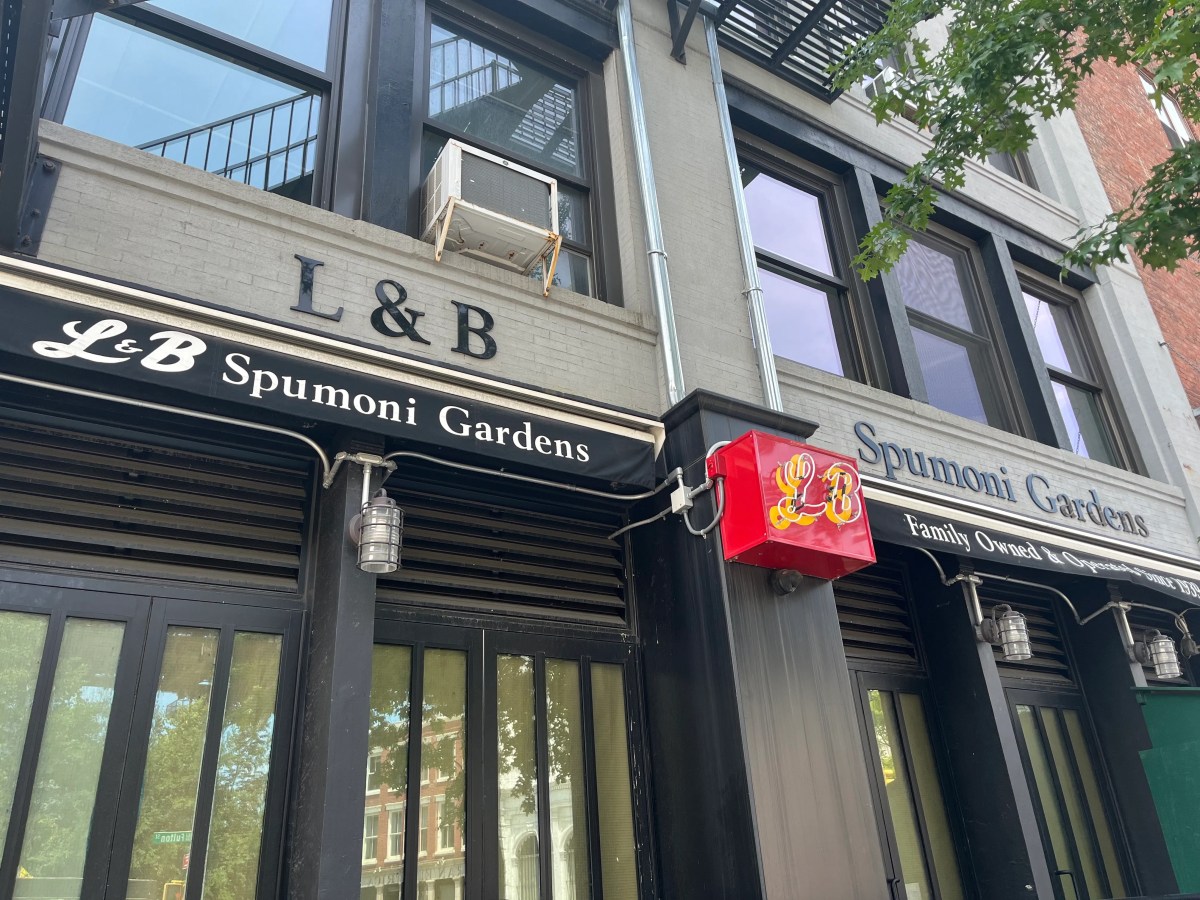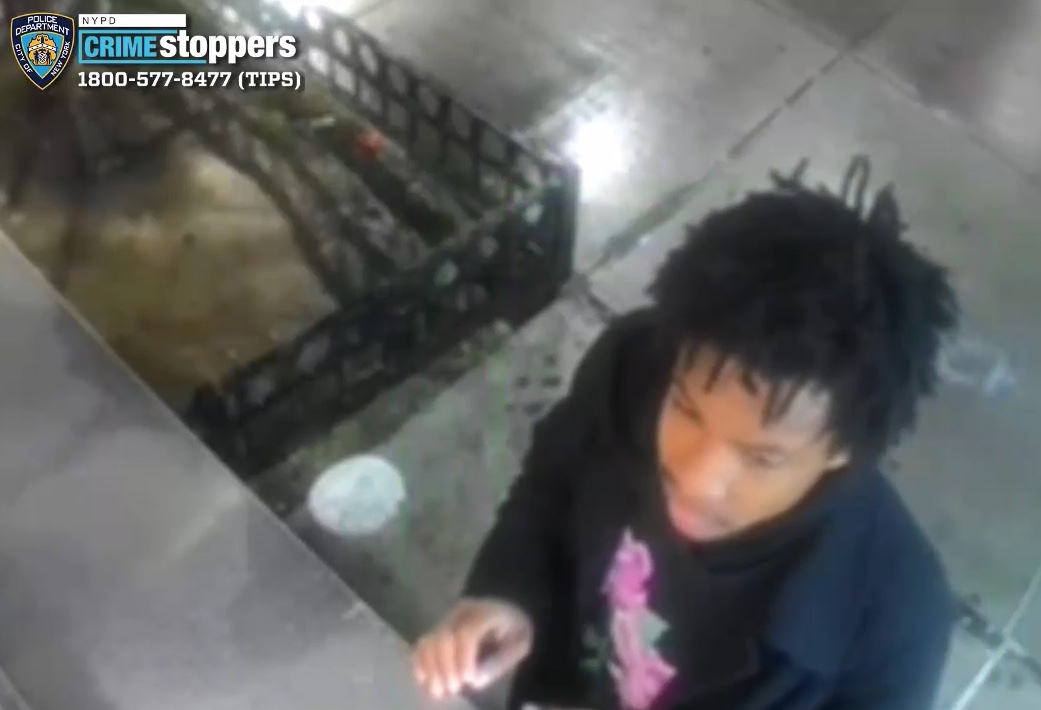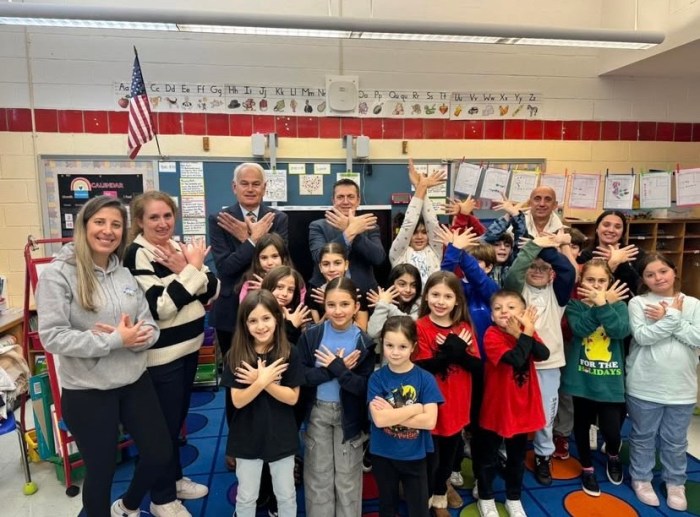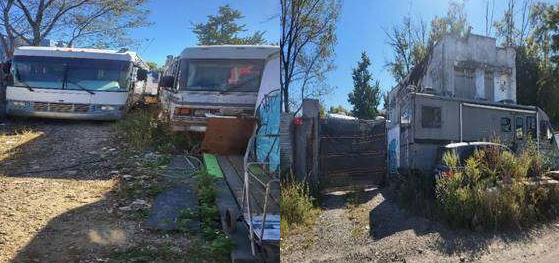In the wake of Superstorm Sandy, small businesses throughout Lower Manhattan have once again found themselves in an economic swamp. Shuttered mom-and-pop shops along Front Street, Avenue C and elsewhere are struggling to find a way out of the marsh, while several hundred employees who are out of work are scrambling for income to keep food on the table. Many other businesses are suffering not from damage, but from the loss of customers due to closed buildings. Some of the businesses were in a financial deficit prior to Sandy’s arrival and are still saddled with loans from the aftermath of 9/11.
On Nov. 20, Karen Mills, the administrator of the U.S. Small Business Administration, visited businesses in the South Street Seaport to assess the damage of the storefronts and to talk to the merchants about their economic woes. Mills championed the S.B.A.’s approval of $20 million in loans for small business relief from Sandy-related damages and financial losses.
Mills pledged, “We will stay the course and make sure that this area becomes as vital as it has been in the past, and even more so.”
But what the taxed Downtown entrepreneurs really need are grants. While some people consider grants to be unwarranted financial hand-outs, these businesses are in dire need of unrestricted cash flow that they don’t have to pay back. The business owners themselves say the notion of borrowing money is just as frightening as shutting down altogether, since they’re already swimming — if not drowning — in months or years of debt accrued from 9/11 or otherwise.
Yet Mills dodged press questions about grants, saying loans are the most effective and efficient means of supporting the small businesses. Applying for a loan from the S.B.A. requires a minimal effort of filling out a three-page form on the agency’s website, she noted. Moreover, unlike grants, which require (at-times lengthy) legislation, the federal loans have a turn-around time of just 10 days.
The disturbing reality is that neither the S.B.A. nor the Federal Emergency Management Agency (FEMA) has the authority to administer grants to businesses. The S.B.A. only authorizes low-interest loans, while FEMA offers grants to homeowners and renters only. President Obama would have to issue a federal declaration or sign a federal law in order for the government to authorize small business grants. He should give strong consideration to this, and should not let the current Beltway obsession with the so-called “fiscal cliff” be a roadblock.
Just as in the aftermath of 9/11, it is once again the onus of the federal, state and city governments to determine how to allocate taxpayer money to the businesses and residents — who have this time suffered from the devastation caused by Hurricane Sandy. It will be up to Mills, Obama, Governor Andrew Cuomo and Mayor Mike Bloomberg to weigh the importance of supplemental funding for the ailing businesses that are in many ways the cornerstone of Lower Manhattan’s well-being.
We applaud the Downtown Alliance for setting up a grant program and working to raise $1.5 million for it. The mayor also took a step in the right direction Saturday in announcing a public-private plan to make the loans less daunting by tying them to matching grants. But the Alliance and the city have limited resources.
We side with Assembly Speaker Sheldon Silver, who has emphasized time and again the need for grants as a means of financial backing for the businesses. As the Speaker told Mills during her visit to the Seaport, “To add debt in order for them to continue to operate and to make up for some of the renovations that they have to do…is an extreme burden that will not allow some of them to [re-]open.”
It is imperative that the South Street Seaport and Lower East Side businesses that stuck it out in the years after 9/11 be given a fair chance to stay in business. They are the lifeline of Lower Manhattan.





































